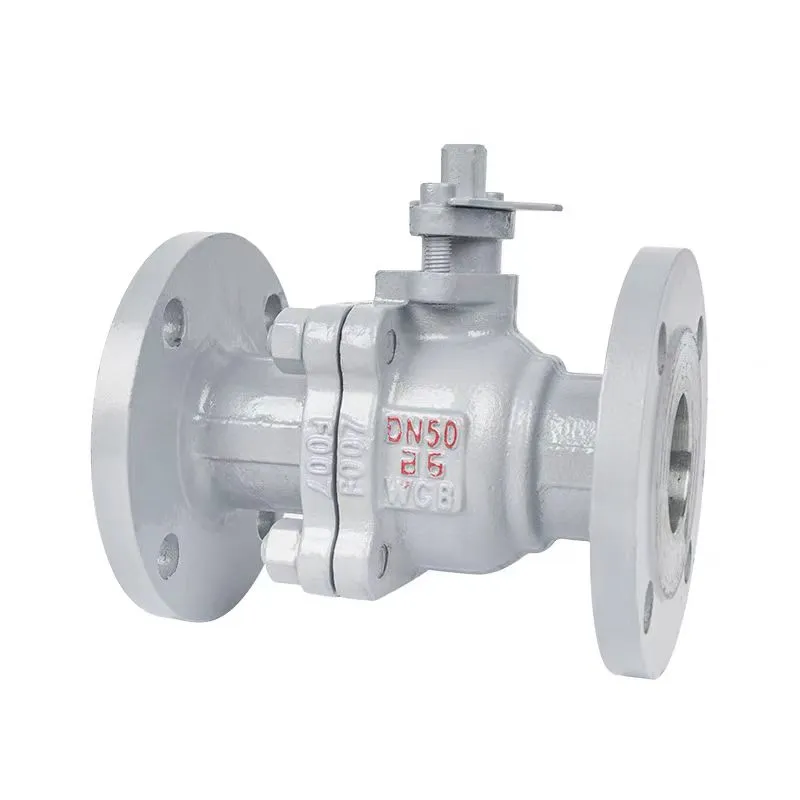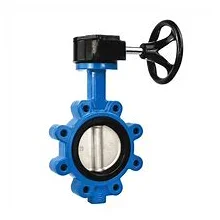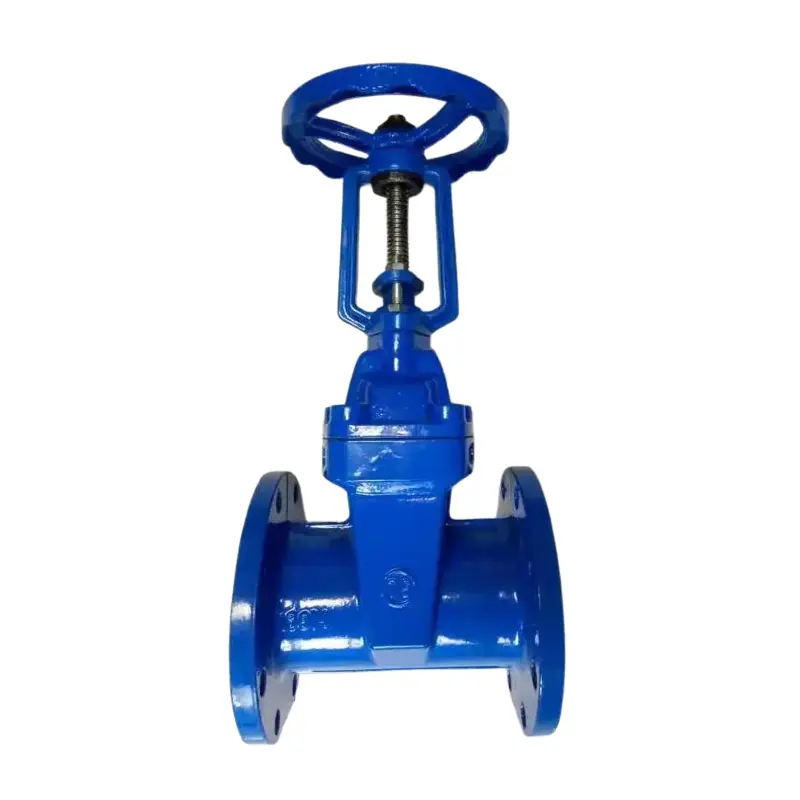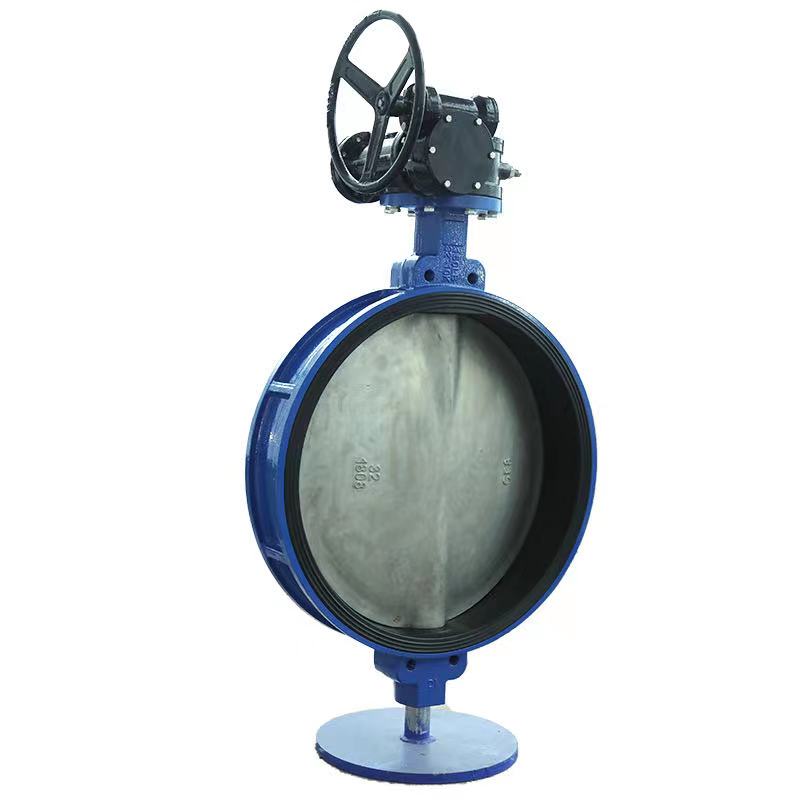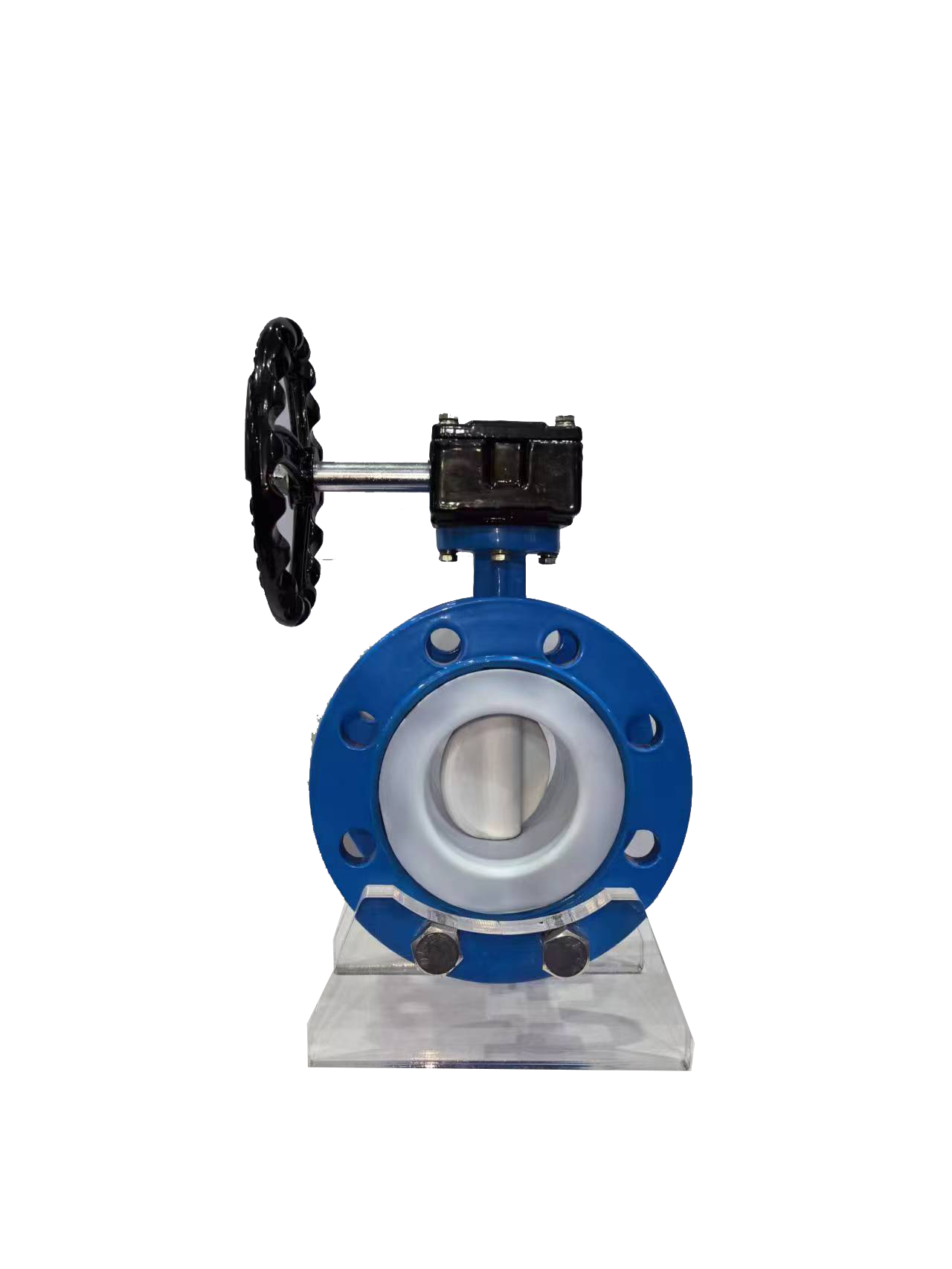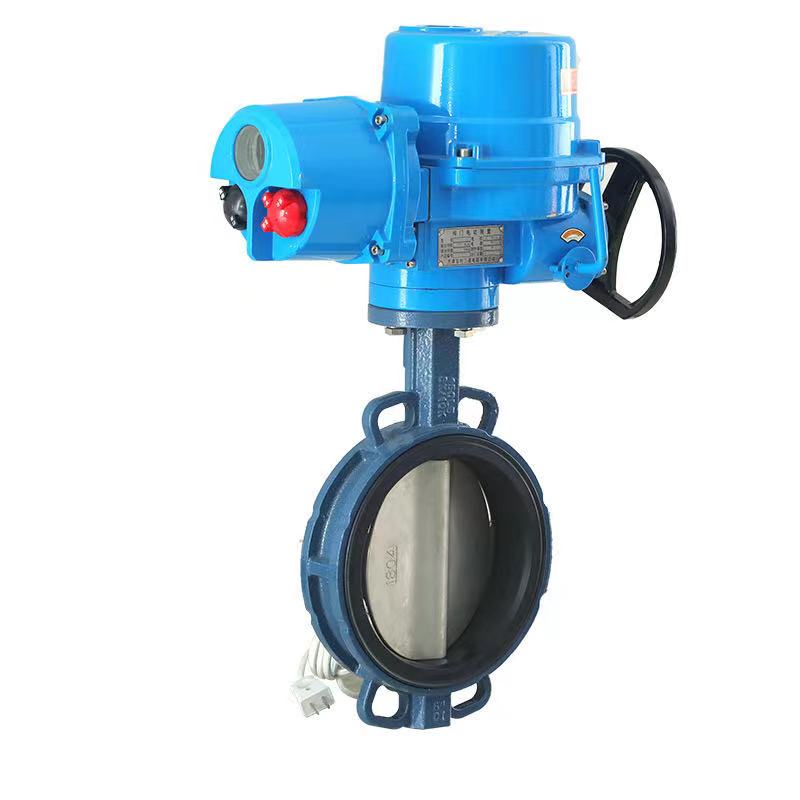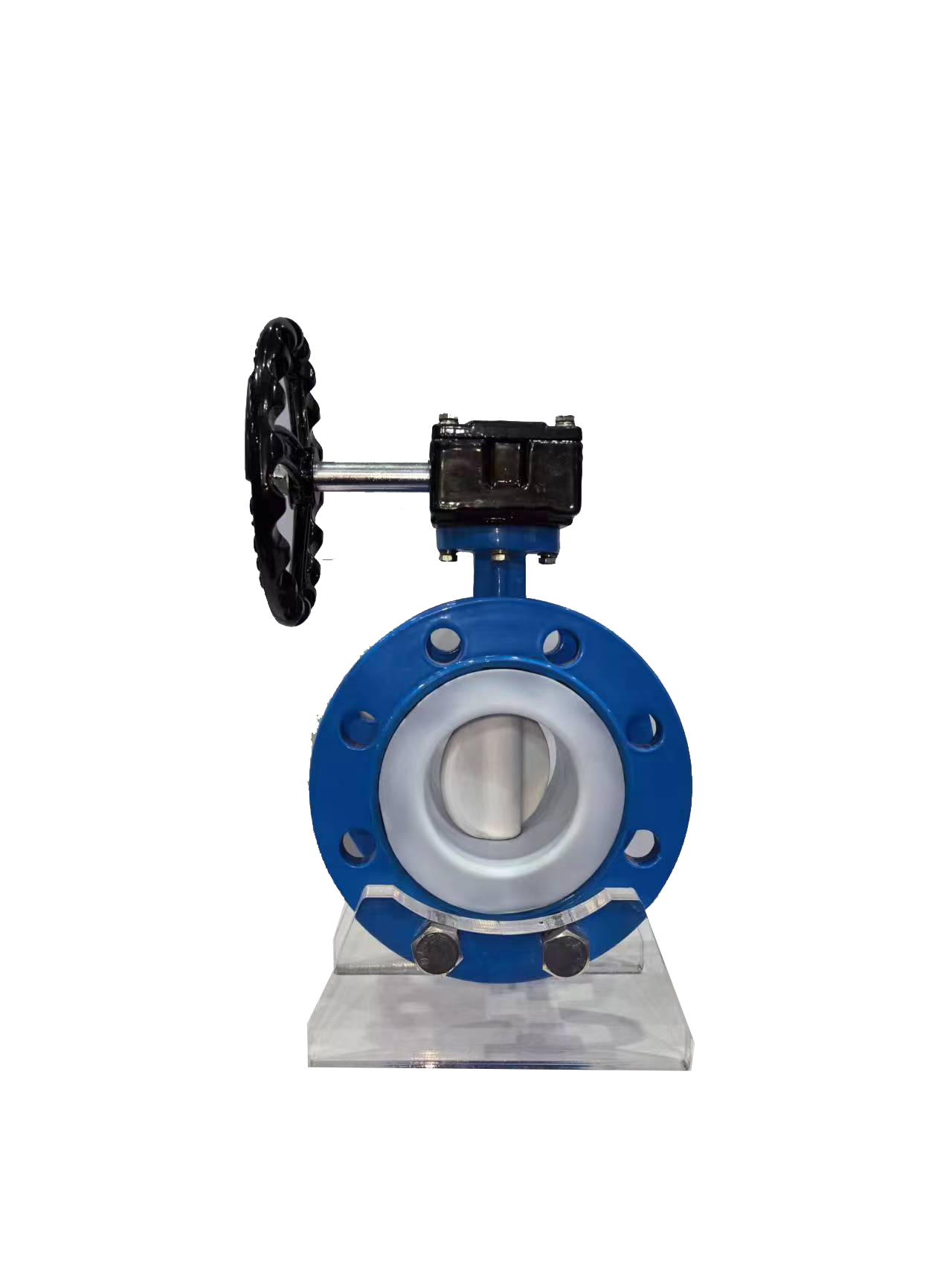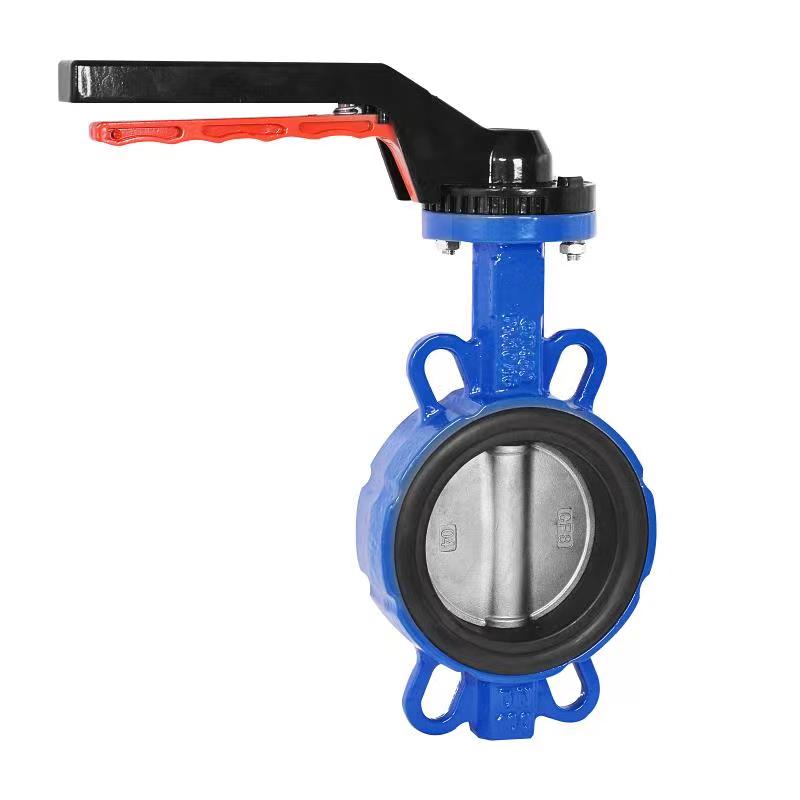- English
- Español
- Português
- русский
- Français
- 日本語
- Deutsch
- tiếng Việt
- Italiano
- Nederlands
- ภาษาไทย
- Polski
- 한국어
- Svenska
- magyar
- Malay
- বাংলা ভাষার
- Dansk
- Suomi
- हिन्दी
- Pilipino
- Türkçe
- Gaeilge
- العربية
- Indonesia
- Norsk
- تمل
- český
- ελληνικά
- український
- Javanese
- فارسی
- தமிழ்
- తెలుగు
- नेपाली
- Burmese
- български
- ລາວ
- Latine
- Қазақша
- Euskal
- Azərbaycan
- Slovenský jazyk
- Македонски
- Lietuvos
- Eesti Keel
- Română
- Slovenski
- मराठी
- Srpski језик
- Esperanto
- Català
- שפה עברית
- Cymraeg
- Latviešu
- icelandic
- ייִדיש
- беларускі
- Hrvatski
- Kreyòl ayisyen
- Shqiptar
- Malti
- lugha ya Kiswahili
- አማርኛ
- Bosanski
- Frysk
- ភាសាខ្មែរ
- ქართული
- ગુજરાતી
- Hausa
- Кыргыз тили
- ಕನ್ನಡ
- Corsa
- Kurdî
- മലയാളം
- Maori
- Монгол хэл
- Hmong
- IsiXhosa
- Zulu
- Yoruba
- অসমীয়া
- ଓଡିଆ
- Twi
- Samoa
- Sesotho
- සිංහල
- Gàidhlig
- Cebuano
- Somali
- Тоҷикӣ
- O'zbek
- Hawaiian
- سنڌي
- Shinra
- Հայերեն
- Igbo
- Sundanese
- Lëtzebuergesch
- Malagasy
- Tǝlam Kanuri
- Punjabi
- پښتو
- Chichewa
How to improve the reliability of check valves
2025-08-01
Improving the reliability of check valves in extreme environments such as high temperature, high pressure, strong corrosion, low temperature, and high particle media requires multidimensional optimization from materials, design, process, monitoring, and testing.
In terms of material innovation, suitable materials are selected for different scenarios. Check valves used in chemical and marine engineering are made of corrosion-resistant materials such as Hastelloy and titanium alloys, combined with ceramic coatings or PTFE liners. For example, the service life of check valves on a certain offshore platform is increased by 5 times; Check valves in the fields of oil refining and thermal power use nickel based alloys at high temperatures, and the valve seat sealing surface is welded with hard alloy; LNG storage and transportation check valve, made of austenitic stainless steel or low-temperature steel at low temperatures, with elastic components made of Inconel; Check valves in the mining and cement industries use hard alloy for the valve disc and seat, and ceramic coating is sprayed on the surface of the flow channel.
In terms of structural design optimization, dynamic sealing is enhanced, and the check valve adopts a metal+soft seal composite structure under high temperature conditions. The leakage rate of the check valve in a certain supercritical power plant is significantly reduced, and there is also a self compensating sealing design; Anti impact and anti jamming, streamlined flow channel reduces turbulence, optimized guiding structure prevents valve disc deflection, such as improving the stability of check valve disc on a deep-sea drilling platform; Balancing lightweight and high strength, through topology optimization design to reduce weight and ensure strength, check valves in the aerospace industry have reduced weight and improved pressure resistance.

Manufacturing process upgrade, precision machining and surface treatment, ultra precision machining to reduce leakage paths, surface strengthening treatment to improve hardness and wear resistance; Non destructive testing and quality control, industrial CT scanning to detect internal defects, helium mass spectrometry leak detection to ensure micro leakage rate meets standards.
Intelligent monitoring and predictive maintenance, integrated with embedded sensors for real-time monitoring of operating parameters, such as extended maintenance cycles for check valves in a nuclear power plant; Digital twin technology simulates stress and temperature distribution, optimizes design parameters, and dynamically adjusts maintenance strategies.
Through specialized testing and verification in extreme environments, a "testing optimization retesting" loop is formed. In short, materials, design, manufacturing, and intelligence are the key to improving the reliability of check valves, which can meet the high safety and long life requirements of multiple fields.
Related News
- Can check valves prevent pump reversal
- What scenarios are check valves suitable for?
- What should I do if the check valve cannot stop the water?
- What should I do if there is leakage inside the check valve
- What are the types of check valves
- Are there any requirements for the installation direction of butterfly valves?
New Products




